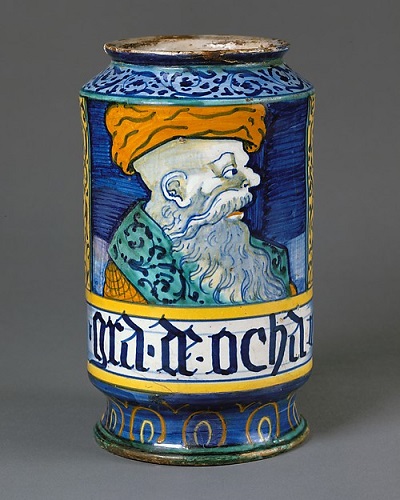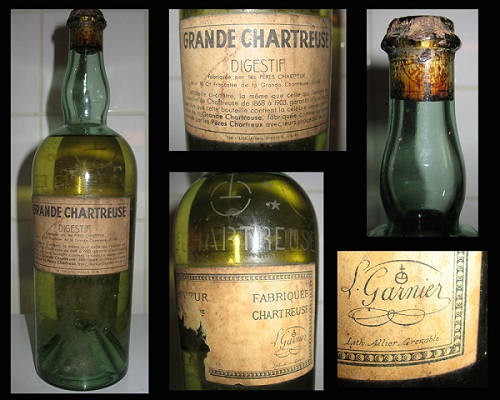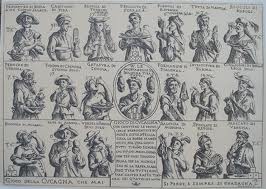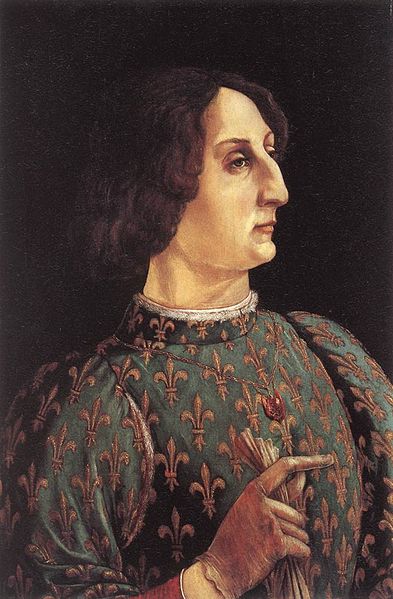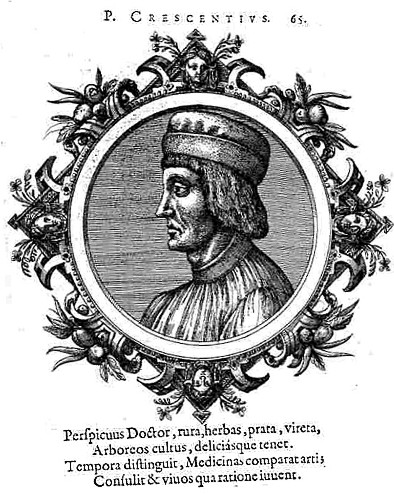The relationship between wine and medicine in the Renaissance is interesting and has its foundations in the ancient texts of Hippocrates, Discorides (his De universa medicina provided an analysis of some 500 plants with medicinal value) and Galen, as well as the writings of Hildegard von Bingen in her Physica which listed some 230 plants of therapeutic quality. The early apothecary vessels, which were made in great qualities during the Renaissance, were often decorated with plants. flowers. armorial insignia, and after the mid-fifteenth century the Latin name of their contents was often inscribed across the front of the vessel.
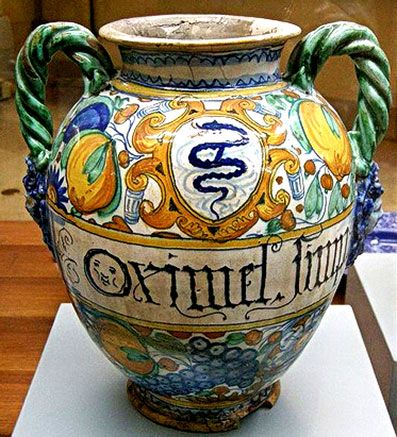
In her work Physica, von Bingen recommended that at least half of the herbs be immersed by the patient in ‘good’ or ‘pure’ wine before they were consumed. An example of the illnesses which these wine-borne concoctions could treat are listed as: bde breath (sage), broken bones (cornflower), coughing (lungwort), heart trouble (galingale), indigestion (tansy), migraine (elecampane), and poisoning (calendula). The purpose of wine was as a mixer rather than any active agent, with the purpose of rendering the bitter-tasting herbs drinkable.
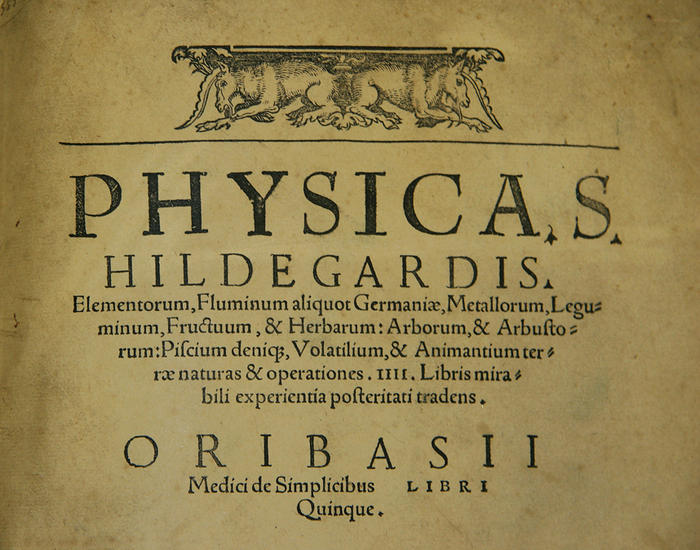
Pure wine was still regarded as having wide-ranging therapeutic benefits, as touted as far back as Hippocrates, and even received a mention in the 16th century writings of Tommaso di Silvestro and Andrew Boorde as being able to treat syphilis by washing oneself or bathing in white wine and herbs.
Valerius Cordus’ Pharmarcorum…Dispensatorium (c.1546) combined wine therapy with folk remedies, such as mixing wine with the ashes of scorpians and centipedes, dog excrement or wolf’s liver. Interestingly, it had thirty-five reprints and eight translations and became the standard reference in apothecary shops throughout Europe.
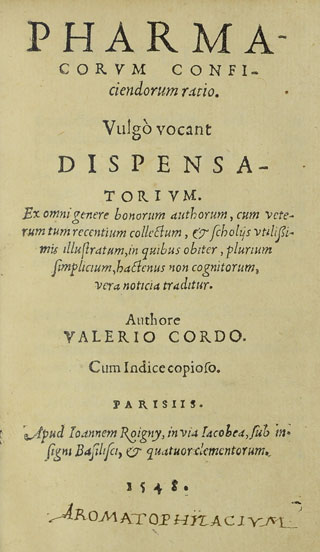
One particularly peculiar and highly criticised purveyor of wine-based formulations was Phillip von Honhenheim (1491-1541). He had renamed himself Paracelsus out of, it is said, a sense of rivalry with the Roman encyclopedist, Aulus Cornelius Celsus. Paracelsus was an alchemist, astrologer, occultist and physician who advocated that wounds, ulcers and leprosy could be cured by decoctions of poisonous metals mixed with tartar, colcothar and bitter almonds mixed in wine. For example, he recommended mixing iron fillings with wine until they rusted as a treatment for anemia.
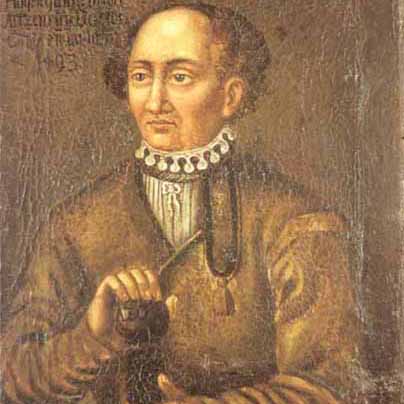
Italian hospitals in the Renaissance were also purveyors of the benefits of wine, have extensive wine cellars, containing 5000 – 6000 casks a year of red, wine, sweet and dry wines. According to John Varriano, the Ospedale of Santa Maria Nuova in Florence, which it is said in 1510-11 had such a quantity of wine casks, the hospital records informs us that ‘While the sick are eating, three servants go round the ward serving excellent wine. Each person receives an appropriate amount of the particular wine – white, red, smooth, sweet or dry – suited to his illness and his appetite’. The choice of these wines was not to pamper but rather to reinforce the notion introduced by Hippocrates that the human body was sustained by four essential fluids (humours): yellow bile, block bile, phlegm and blood. These humours were deemed to be unstable and easily affected by outside factors, such as the seasons as well as gender. Wines were chosen according to the ‘humour’ being treated.
Giovanni Battista Confalonieri in his De vini natura disputatio published in Basel and Venice in 1535 described the relationship between wine and humours and also said that wine would affect people in different ways, depending on the ‘complexion’ of the drinker. He wrote that a ‘watery wine’ would affect a phlegmatic person differently to a bilious person, while a ‘hot and volatile’ wine wold make hotter constitutions drinker quicker because it rises more easily to the brain than in colder bodies. Drunkenness could therefore be specifically related to ‘humours’. Other Renaissance medical writings link the benefits of wine to curing sleeplessness, sparking the appetite, raising the spirits, sharpening wit, and facilitating ‘coitus’ while some also contain warnings as to wine’s harmful effects such as forgetfulness, laziness, dishonesty, anger and contentiousness, as well as leading to conditions such as gout, tremor and vertigo.
So while the relationship of wine and medicine may have changed over the years, some ‘benefits’ and ‘warnings’ that were written about in the Renaissance appear to be just as relevant today.
Cheers!
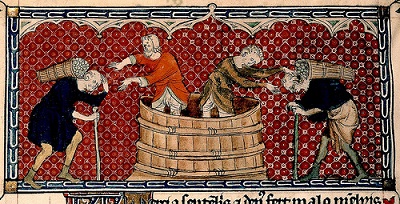
(Adapted in part from Wine – A Cultural History by John Varriano)

